
Phubbing—ignoring someone to focus on a smartphone—is quietly damaging more than human relationships. It’s beginning to take a toll on our dogs.
Over the past five years, researchers have observed a sharp rise in canine anxiety and depression, with phone use being a contributing factor. Dogs rely on us as leaders and companions. When that vital connection is interrupted by screens, many dogs feel confused or abandoned. Certain breeds are especially affected due to their temperament and attachment needs.
As we spend more time on screen, they suffer in silence. Understanding which dogs are most at risk helps us recognize—and fix—this growing issue.
1. Labradors

Labrador Retrievers, beloved for their friendly nature, top the list of breeds most affected by phubbing. Studies show that 13 out of 23 Labs showed long-term signs of separation distress, underscoring their deep need for human interaction.
Their famously social personality makes them thrive on engagement—so when ignored for a phone, they don’t understand why. “Because they are so social, they can struggle if left alone for long periods of time,” experts explain. That same social drive turns problematic when owners check out digitally.
Without enough attention, Labs may bark excessively, become destructive, or show signs of depression.
2. Border Collies
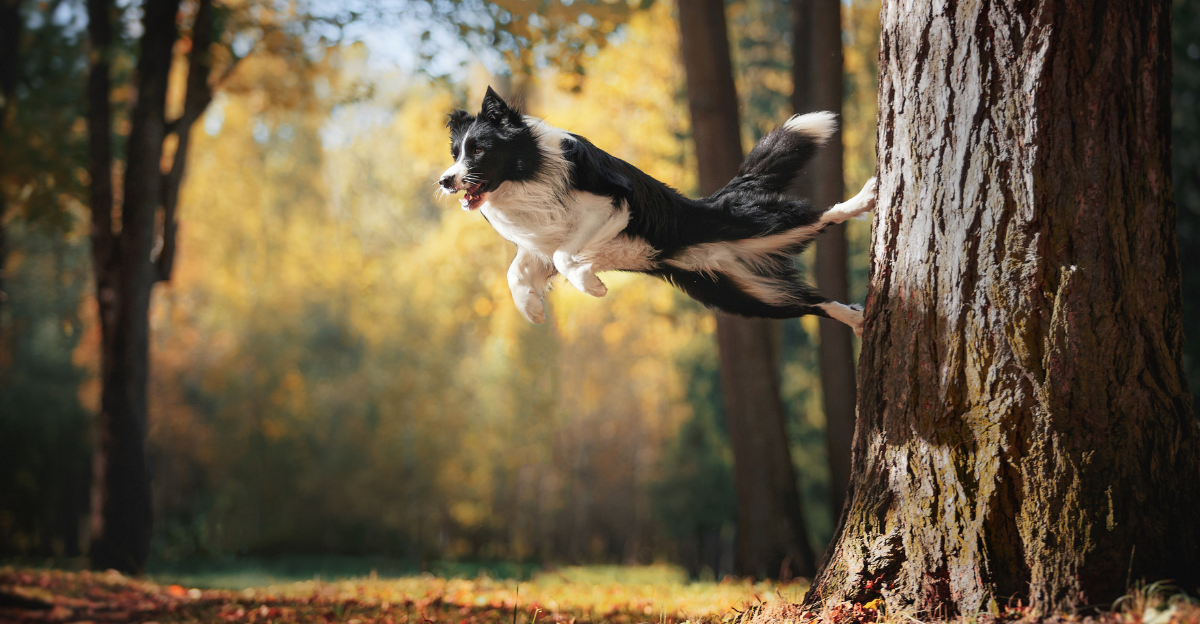
Border Collies are among the world’s most intelligent breeds, but that brilliance comes with a downside: they’re acutely sensitive to being ignored. These dogs need clear direction and daily mental stimulation.
When owners become absorbed in smartphones, Border Collies often spiral into anxiety or boredom. Their herding instincts mean they’re wired to seek leadership—and digital detachment breaks that bond. If left mentally unstimulated, they may chew, dig, or misbehave to regain attention.
Their high energy and emotional intelligence make them especially prone to behavioral issues when “phubbed” during interactive moments like walks, playtime, or even simple commands.
3. Cavalier King Charles Spaniels

The Cavalier King Charles Spaniel was bred for companionship—making it especially vulnerable to smartphone distraction. Nearly half of all Cavalier owners report their dogs suffer from separation anxiety.
Designed to be lap dogs, they thrive on constant closeness with their humans. When owners disappear behind a phone, Cavaliers feel isolated and distressed. Dog trainer Katharina Marioth warns that when owners are glued to phones, dogs “start to feel insecurity, frustration, or simply boredom.”
That emotional disconnection can be deeply unsettling for Cavaliers, whose purpose revolves around being close to their humans. Ignoring them, even briefly, carries emotional consequences.
4. Jack Russell Terriers
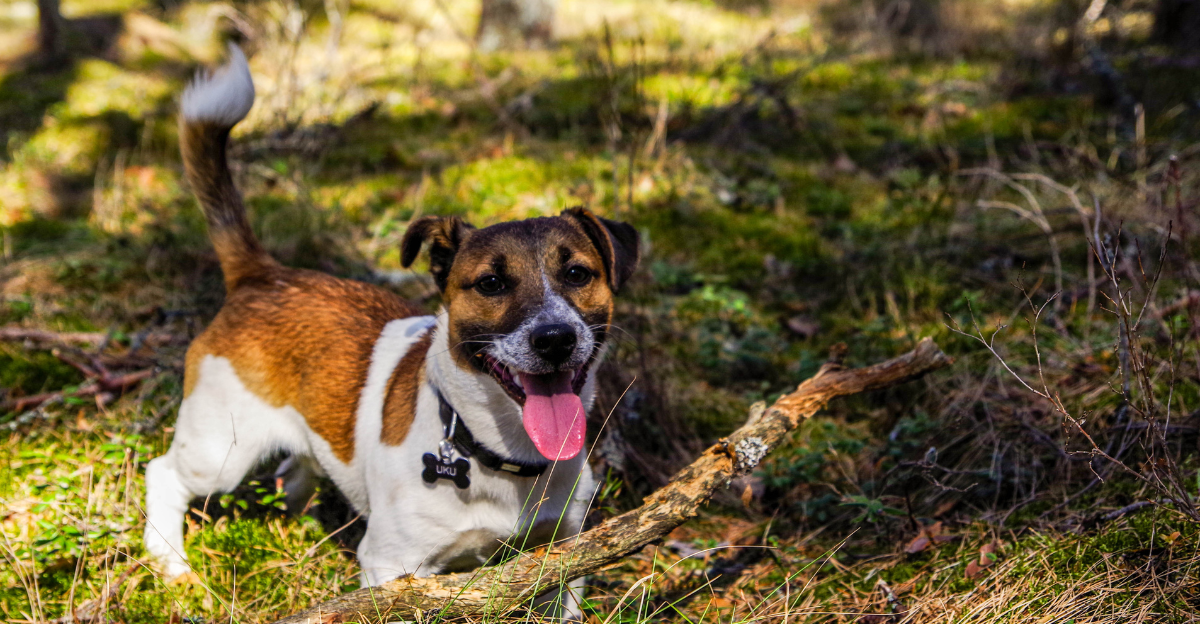
Jack Russell Terriers are full of energy and need constant mental and physical activity. When owners become distracted by screens, these lively dogs often act out. Their playful nature and clever minds demand interaction—not detachment.
Experts note they “quickly become bored and need lots of entertainment as well as physical activity.” That boredom can manifest in hyperactivity, barking, or destructive behavior. Jack Russells are also known for being persistent.
If they’re ignored too often, they’ll escalate their efforts to get noticed—from jumping to nipping. Without full attention from their humans, these high-energy dogs feel frustrated and emotionally neglected.
5. Golden Retrievers
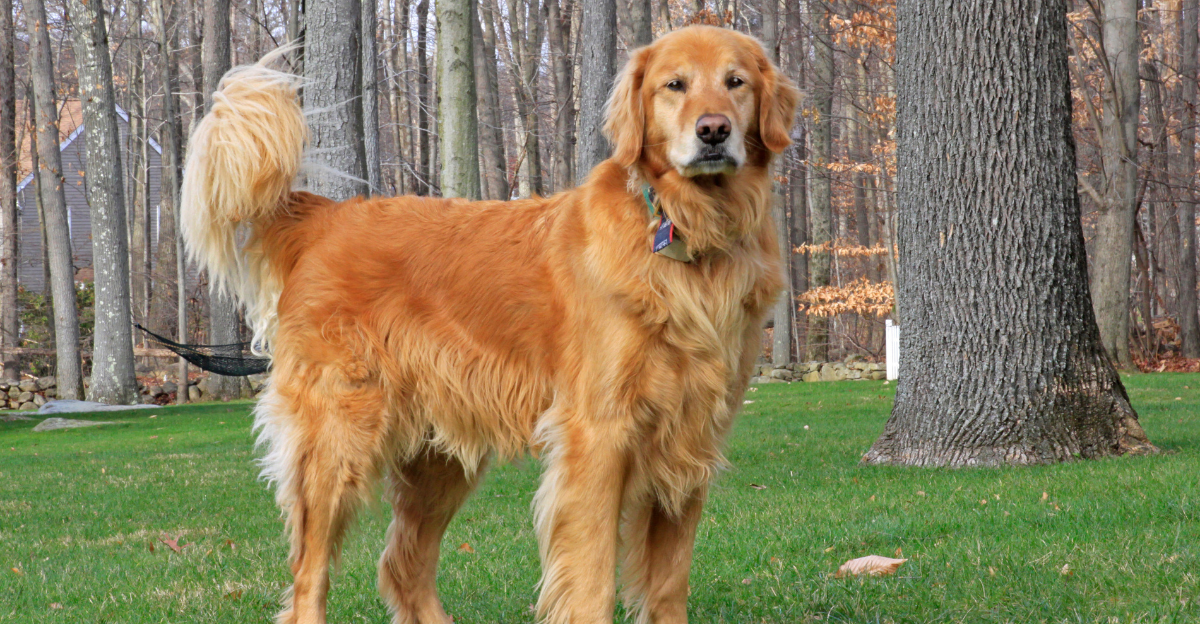
Golden Retrievers are famously loving and eager to please—but that same affection makes them emotionally vulnerable when ignored. Known for their exuberant greetings and constant desire to be involved, these dogs don’t understand when their humans prioritize a screen over them.
“They want to be part of everything, wag their whole bodies and are very happy to see you—whether you’re a complete stranger or their lifetime person.” Their loyalty becomes distressing when the connection is one-sided.
Experts warn their “great devotion and charisma” make them highly prone to phubbing-induced anxiety and emotional withdrawal when they’re consistently overlooked.
6. French Bulldogs
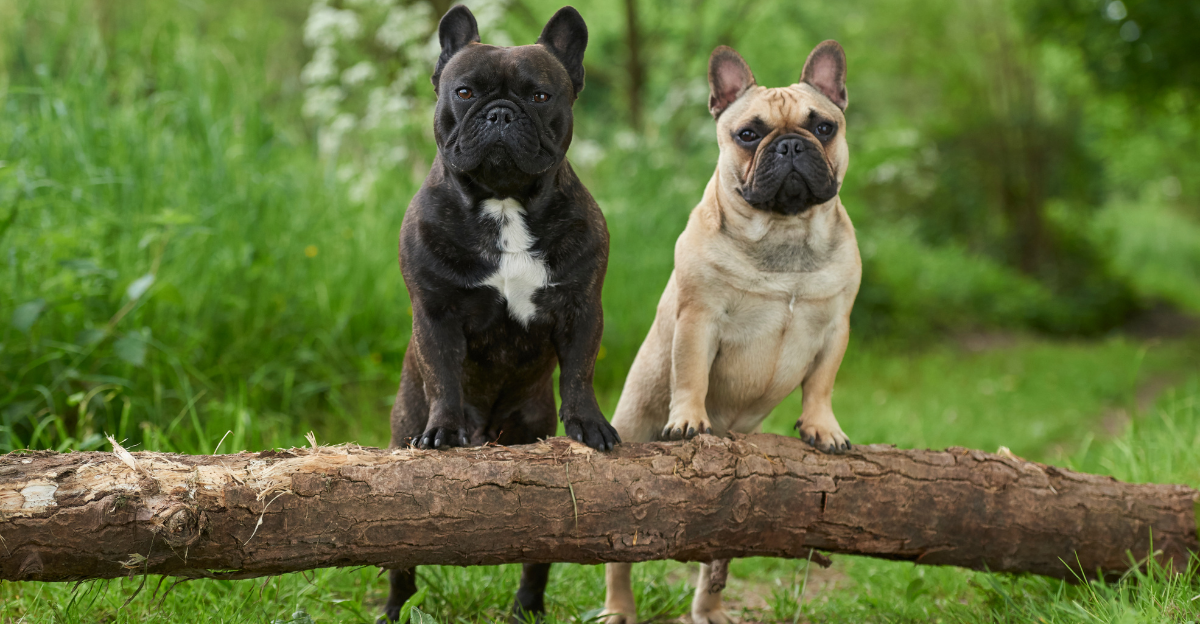
French Bulldogs are now America’s most popular dog breed, and their love for people is a big reason why. “They’re little clowns, and they’re fun to be around,” says dog expert David Frei. But their charm also hides a vulnerability: phubbing leaves them confused and stressed.
These dogs crave attention, and screen time deprives them of it. They’re also prone to breathing problems due to their brachycephalic faces—stress from being ignored can worsen these health concerns. French Bulldogs wear their emotions openly, and when owners disengage, their disappointment is often clearly visible. Consistent neglect may affect both mind and body.
7. Bichon Frises Suffer
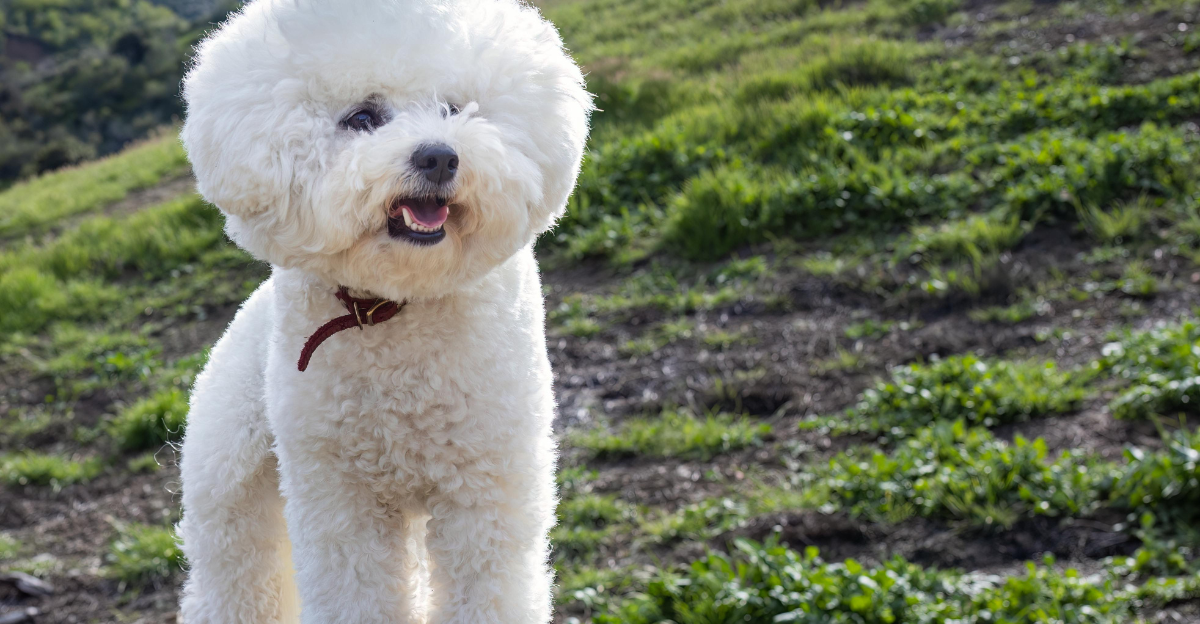
Bichon Frises are affection-driven “Velcro dogs” who bond tightly to their humans—and they don’t take well to being sidelined. Known for their “peppy personalities, gentle natures, and unbridled affection,” Bichons thrive on being noticed and cuddled.
When phones interrupt that connection, these cheerful dogs can spiral into distress. Experts have observed that affectionate breeds like the Bichon are quick to show signs of stress when companionship needs go unmet. Regular phubbing disrupts the emotional balance Bichons depend on.
Their expressive behavior and heightened sensitivity mean they often internalize rejection, developing anxiety or even depression if the disconnect continues long-term.
8. German Shepherds
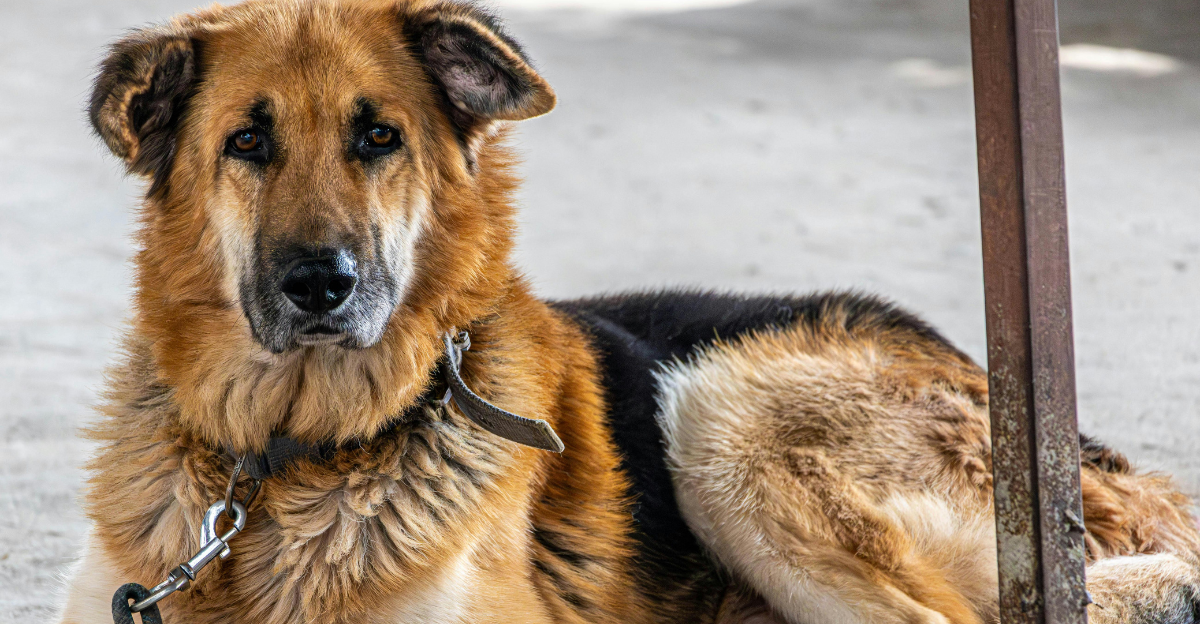
German Shepherds were bred to follow and protect—traits that depend on close communication with their humans. When phubbing interrupts this feedback loop, these intelligent dogs feel confused and distressed. They look to their owners for consistent direction, and when they don’t get it, anxiety builds. “Pack leader” behavior is part of their instinct.
Without reassurance, German Shepherds may interpret situations as threatening or become overly alert. Studies confirm they’re among the breeds most prone to separation anxiety. For Shepherds, smartphones don’t just break eye contact—they break trust. The resulting stress can manifest as pacing, whining, or destructive behaviors.
9. Shetland Sheepdogs

Shetland Sheepdogs, or “Shelties,” are known for their intelligence and emotional sensitivity, making them particularly affected by phubbing. Bred to herd and work closely with humans, Shelties are highly attuned to human emotions and cues. When attention is replaced by screen-focused behavior, they may become anxious or withdrawn.
Their strong need to be included means digital distraction isn’t just noticed—it’s deeply felt. Without consistent engagement, Shelties can develop nervous habits, excessive barking, or depression. This highlights the importance of giving Shelties genuine, undivided attention to support their well-being.
Explore more of our trending stories and hit Follow to keep them coming to your feed!

Don’t miss out on more stories like this! Hit the Follow button at the top of this article to stay updated with the latest news. Share your thoughts in the comments—we’d love to hear from you!







